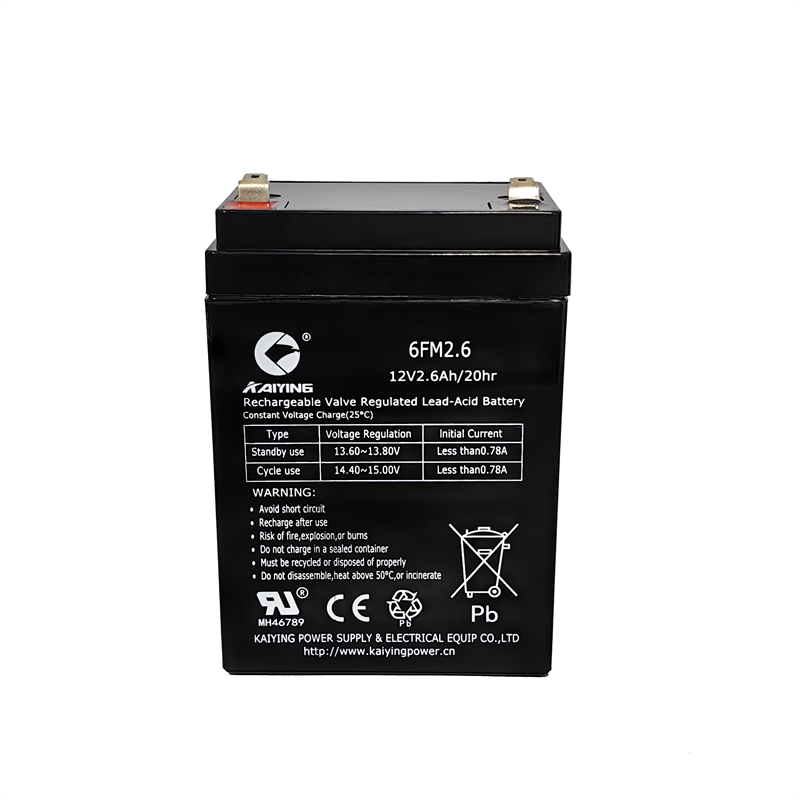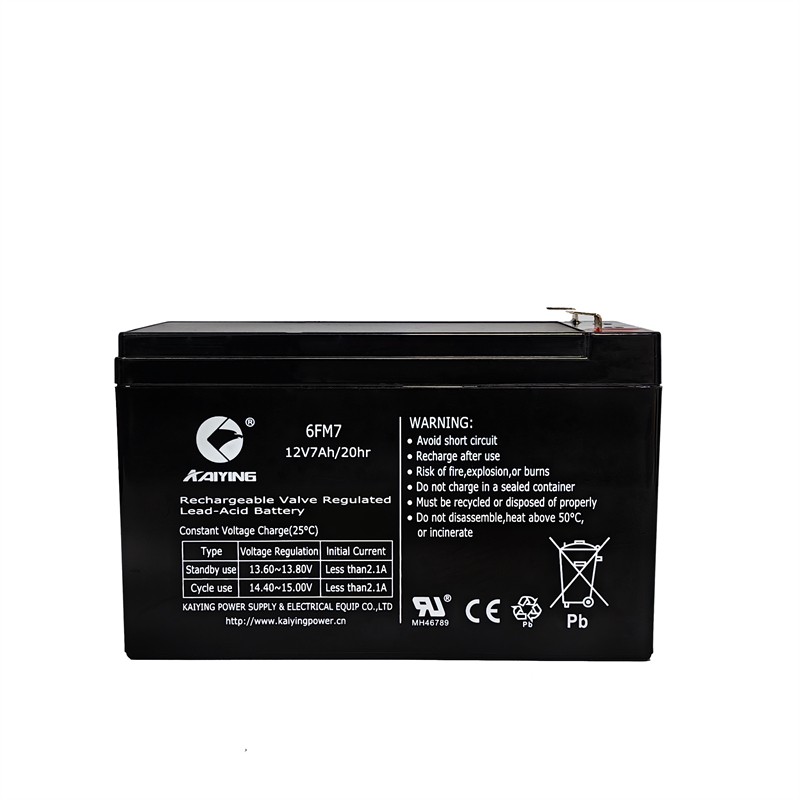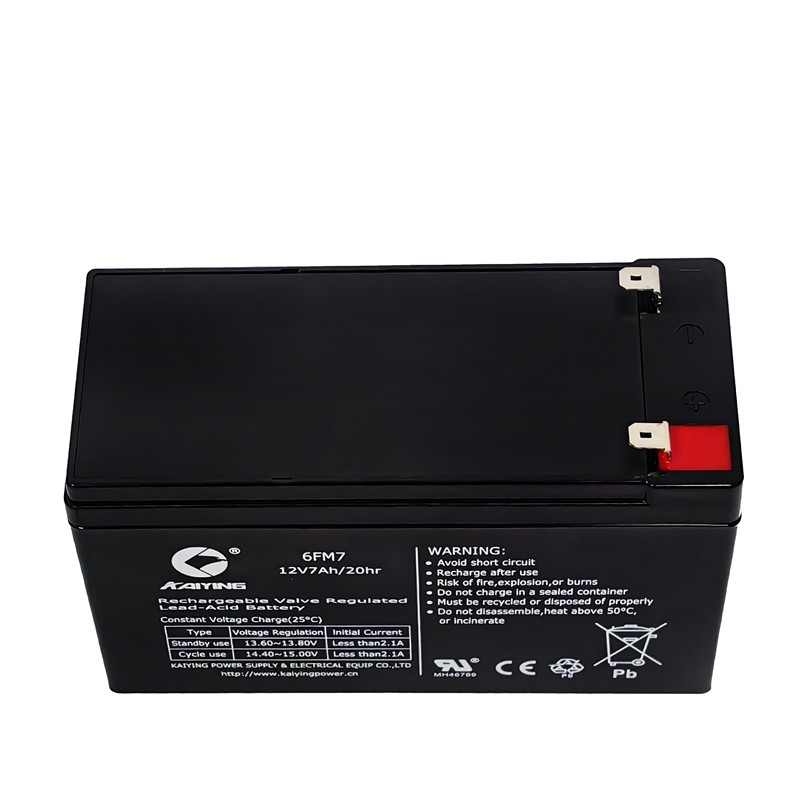In modern home life, smart toilets have gradually become a standard fixture in the bathroom for their automation and comfort. However, unstable power supplies can affect the user experience of these intelligent devices. To ensure that basic functions such as automatic flushing and seat heating continue to work during power outages or other electrical issues, lead-acid batteries are increasingly favored as a reliable backup power solution.

 Battery Compatibility: Meeting the Electrical Needs of Smart Toilets
Battery Compatibility: Meeting the Electrical Needs of Smart Toilets
When selecting a lead-acid battery as a backup power source for a smart toilet, it's crucial to ensure that the battery's voltage and current match the electrical parameters of the toilet. For instance, some smart toilets may require a DC 6V4.5Ah lead-acid battery, 12V7Ah lead acid battery to operate normally. Proper battery matching ensures that the toilet's electronic system can switch seamlessly to the backup power when the main power fails, maintaining normal operation.
 Installation and Maintenance: Ensuring Stable Battery Operation
Installation and Maintenance: Ensuring Stable Battery Operation
When installing a lead-acid battery, consider the battery's location to ensure there is enough space for maintenance and replacement, and to prevent physical damage from impacts. Regularly check the battery terminals to prevent corrosion and loosening, ensuring stable power supply.
 Safety and Charging: Protecting the Battery and Users
Safety and Charging: Protecting the Battery and Users
Safety is the primary concern when handling lead-acid batteries. Wear appropriate protective gear, such as rubber gloves and safety goggles, to prevent sulfuric acid from splashing onto skin or eyes. Store batteries in a dry, well-ventilated environment, avoiding high temperatures and humidity to reduce safety risks. Additionally, lead-acid batteries need regular charging to maintain performance. The charging equipment must be compatible with the battery and follow the correct charging procedures to avoid overcharging or undercharging.
 Fault Detection and Warranty: Extending Battery Life
Fault Detection and Warranty: Extending Battery Life
If a smart toilet fails to power on, first check if the battery has enough charge. If the battery is sufficiently charged, it may be necessary to inspect the battery connections or the toilet's electrical system. Understanding the battery's warranty policy and replacement cycle helps to replace the battery in time when its performance declines, extending the lifespan of the smart toilet.
 Environmental Disposal: Responsible Battery Recycling
Environmental Disposal: Responsible Battery Recycling
Lead-acid batteries contain lead and other harmful substances, so they need to be recycled and disposed of according to local regulations to prevent environmental pollution. This is not only a responsibility to the environment but also a protection of user health.
In summary, sla batteries are an ideal choice for backup power in smart toilets due to their strong current discharge performance and stable voltage characteristics. With the right selection, installation, maintenance, and safe use, lead-acid batteries can provide users with a reliable, safe, and environmentally friendly smart toilet experience, kaiyingpower is a professional lead-acid battery manufacturer,get more details from us quickly!.








 Understanding Maintenance-Free Lead-Acid Batteries
Understanding Maintenance-Free Lead-Acid Batteries
 Technical Maintenance and Professional Support
Technical Maintenance and Professional Support











 Visual Inspection: Check for signs of swelling, leakage, or damage.
Visual Inspection: Check for signs of swelling, leakage, or damage. Voltage Check: Use professional equipment to measure battery voltage; if it’s below normal operating voltage, a replacement may be needed.
Voltage Check: Use professional equipment to measure battery voltage; if it’s below normal operating voltage, a replacement may be needed.







